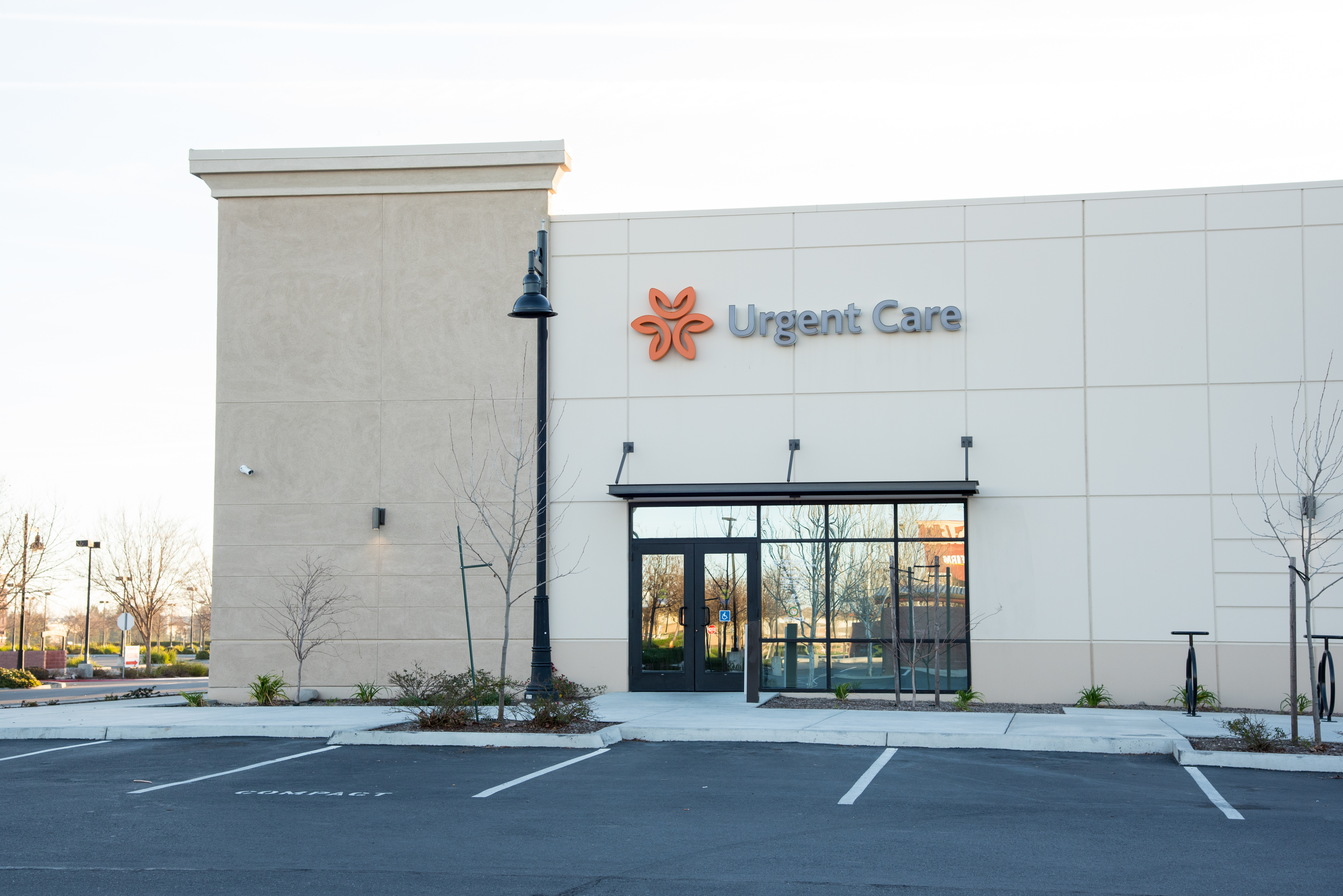Why Our Clinic is the most effective Selection for High-Quality Urgent Care
Why Our Clinic is the most effective Selection for High-Quality Urgent Care
Blog Article
Recognizing the Function of Urgent Care in Providing Timely Treatment for Non-Life-Threatening Conditions
Immediate treatment centers have actually emerged as an essential component of the medical care landscape, dealing with the prompt needs of individuals with non-life-threatening conditions. Comprehending the subtleties of urgent treatment can considerably influence client end results and the overall effectiveness of medical care delivery.
What Is Urgent Care?
Urgent treatment describes a category of medical solutions designed to deal with non-life-threatening problems that call for immediate interest. These centers function as an intermediary in between primary care doctors and emergency situation rooms, providing a practical alternative for patients who need timely treatment without the considerable waiting times generally related to emergency situation divisions.
Immediate treatment centers are typically staffed by physician, including doctors, registered nurse experts, and physician assistants, who are trained to diagnose and treat a broad range of conditions. Typical services offered by these centers include treatment for minor injuries, diseases, and infections, as well as diagnostic tests such as X-rays and laboratory work.
The ease of access of urgent treatment is a crucial consider its charm, as many centers run beyond normal workplace hours, including nights and weekend breaks. This extensive accessibility allows people to get timely treatment when their medical care provider might not be available. Additionally, immediate care facilities frequently accept walk-in patients, getting rid of the need for consultations. In general, immediate care plays an essential role in the medical care system, guaranteeing people can access vital clinical services without delay and efficiently.

When to look for care at an immediate treatment center rather of a main treatment doctor or an emergency situation space,Many people might discover themselves uncertain regarding. Immediate care is made to attend to non-life-threatening problems that need punctual attention yet are not severe sufficient to warrant an emergency situation area check out.
Generally, one must consider urgent look after issues such as minor cracks, strains, cuts requiring stitches, or infections like urinary system system infections. Additionally, chilly or influenza symptoms, rashes, and sensitive responses can likewise be suitably managed in this setting.
It is vital to note that urgent care is not ideal for life-threatening emergencies, such as breast discomfort, difficulty breathing, or severe bleeding, which require prompt emergency clinic intervention.
Individuals that do not have accessibility to a key treatment physician or can not secure a timely visit may likewise take advantage of immediate treatment solutions. Inevitably, recognizing when to utilize urgent treatment can bring about extra reliable health care delivery, enabling people to obtain the ideal degree of treatment based upon their details wellness demands.
Advantages of Urgent Treatment Centers
Selecting urgent care centers for non-life-threatening conditions offers several benefits that boost person experience and access. One key advantage is the minimized wait times compared to traditional emergency areas. Immediate treatment facilities usually operate a first-come, first-served basis, allowing clients to get timely medical focus without the lengthy delays typically connected with medical facility settings.
In addition, immediate care facilities give prolonged hours, including nights and weekend breaks, fitting clients with varying schedules. This adaptability makes sure that individuals can look for care when it is most convenient for them, better promoting prompt intervention.

Furthermore, these facilities usually supply a detailed variety of services, consisting of minor treatments and diagnostic tests, all under one roofing. This consolidation of services not only simplifies the patient experience yet likewise fosters an extra cohesive approach to taking care of non-life-threatening health and wellness issues, inevitably profiting general patient end results.
Typical Problems Treated
At immediate treatment centers, a selection of non-life-threatening conditions can be successfully dealt with, offering people with easily accessible and prompt clinical support. These centers are specifically proficient at resolving issues that need punctual focus but do not present a prompt risk to life or limb.
Typical problems dealt with at urgent care facilities consist of small injuries such as see this here sprains, strains, and cracks. Additionally, they manage diseases like colds, influenza, and infections, including urinary tract infections and sinusitis. Skin problem, varying from breakouts to insect attacks, are additionally regularly addressed. Urgent care centers are equipped to perform required diagnostic tests, such as X-rays and laboratory tests, enabling them to provide extensive care.
Additionally, urgent treatment providers can carry out vaccinations, helping to avoid the spread of transmittable illness - Urgent Care. They likewise offer solutions for minor procedures, such as suturing injuries or draining abscesses. By offering these varied services, immediate care facilities play a crucial function in linking the space between medical care and emergency situation services, ensuring people get prompt therapy for a variety of problems without the need for long haul times commonly related to emergency Recommended Site clinic
How Urgent Treatment Supports Medical Care System
Urgent treatment centers play a critical role in sustaining the overall medical care system by reducing the worry on emergency divisions and giving timely accessibility to medical care for non-life-threatening problems. By handling situations such as small injuries, infections, and illnesses, immediate treatment centers permit emergency divisions to concentrate on more important patients needing prompt focus.
Furthermore, immediate treatment facilities enhance health care access, offering prolonged hours and an extra hassle-free alternative to standard key treatment settings. This ease of access is especially valuable for patients who may not have a routine medical professional or that require immediate treatment outside of common workplace hours. As an outcome, immediate treatment facilities properly reduce wait times and anchor improve individual complete satisfaction.
Furthermore, urgent care centers add to cost savings for both clients and the health care system by offering lower-cost services compared to emergency departments. This monetary effectiveness is important in an age of rising healthcare costs, permitting people to obtain essential treatment without incurring outrageous costs.
Final Thought
Finally, urgent treatment facilities play a crucial function in the healthcare system by supplying punctual treatment for non-life-threatening conditions. By linking the void between health care and emergency clinic, these facilities ensure that people get timely medical focus without the prolonged wait times typically connected with emergency departments. The access and performance of urgent care facilities contribute dramatically to relieving the general concern on healthcare sources, improving patient end results, and promoting an extra efficient healthcare distribution system.
Urgent treatment centers have arised as an important component of the health care landscape, dealing with the prompt requirements of patients with non-life-threatening problems. Urgent care visits normally incur lower out-of-pocket expenditures compared to emergency situation department sees, making care much more budget-friendly for patients without jeopardizing top quality. Urgent care facilities are equipped to carry out essential diagnostic tests, such as X-rays and research laboratory examinations, enabling them to supply thorough care.
By using these varied solutions, urgent care facilities play an essential role in connecting the space in between key care and emergency services, making sure people receive timely treatment for a vast array of problems without the requirement for lengthy delay times typically associated with emergency situation rooms.
Furthermore, immediate treatment facilities improve medical care accessibility, offering extended hours and a more practical option to standard main treatment setups.
Report this page